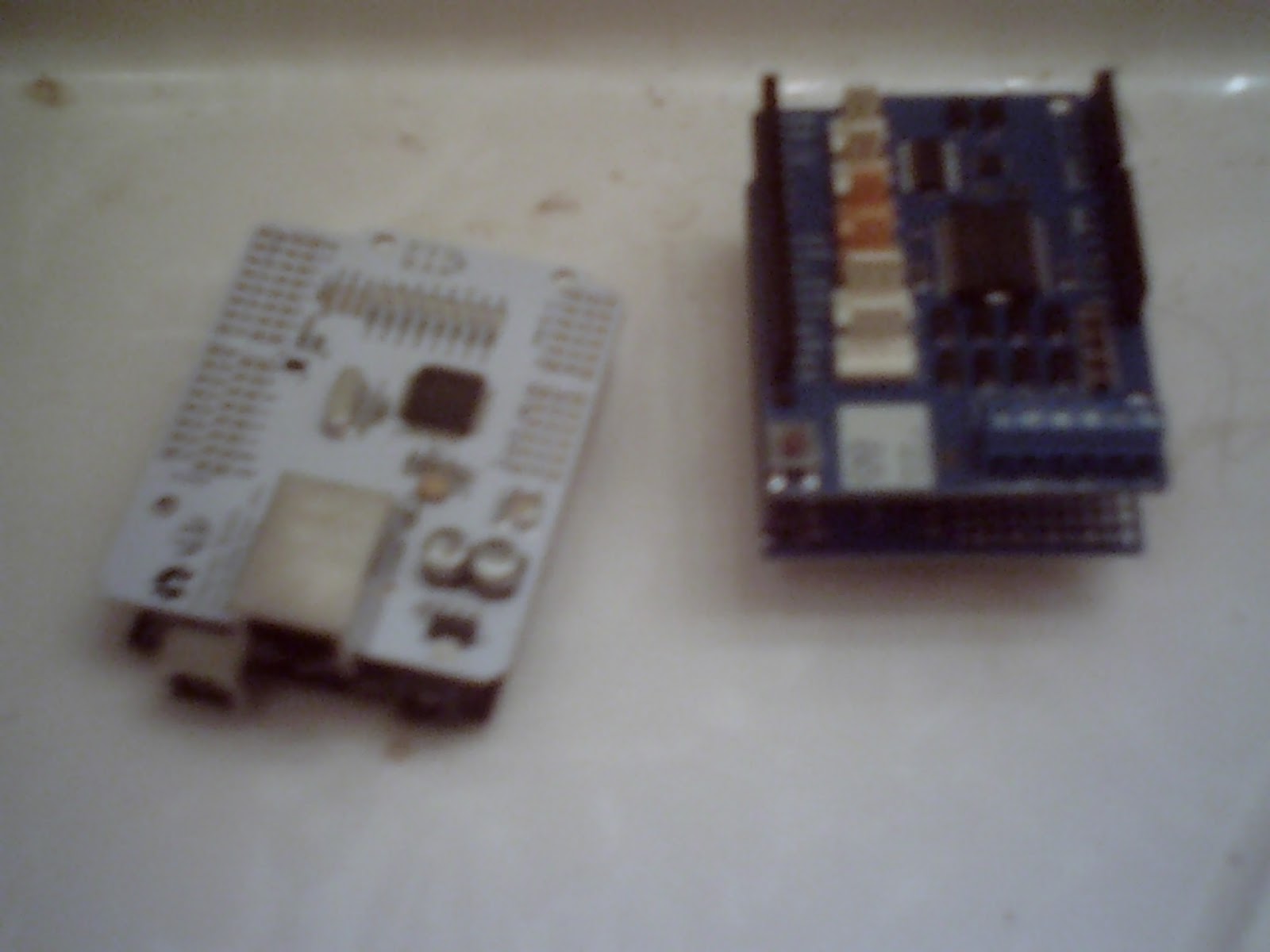How to download and install prebuilt OpenJDK packages JDK 7 Debian, Ubuntu, etc. On the command line, type: Runtime $ sudo apt-get install openjdk-7-jre For development $ sudo apt-get install openjdk-7-jdk To make sure you are using the right version $ sudo update-alternatives --config java For the browser: $ sudo apt-get install icedtea-7-plugin The openjdk-7-jre package contains just the Java Runtime Environment. If you want to develop Java programs then install the openjdk-7-jdk package. Fedora, Oracle Linux, Red Hat Enterprise Linux, etc. On the command line, type: $ su -c "yum install java-1.7.0-openjdk" The java-1.7.0-openjdk package contains just the Java Runtime Environment. If you want to develop Java programs then install the java-1.7.0-openjdk-devel package. JDK 6 Debian, Ubuntu, etc. On the command line, type: $ sudo apt-get install openjdk-6-jre The openjdk-6-jre package contains just the Java Runtime Environment. If you want ...






